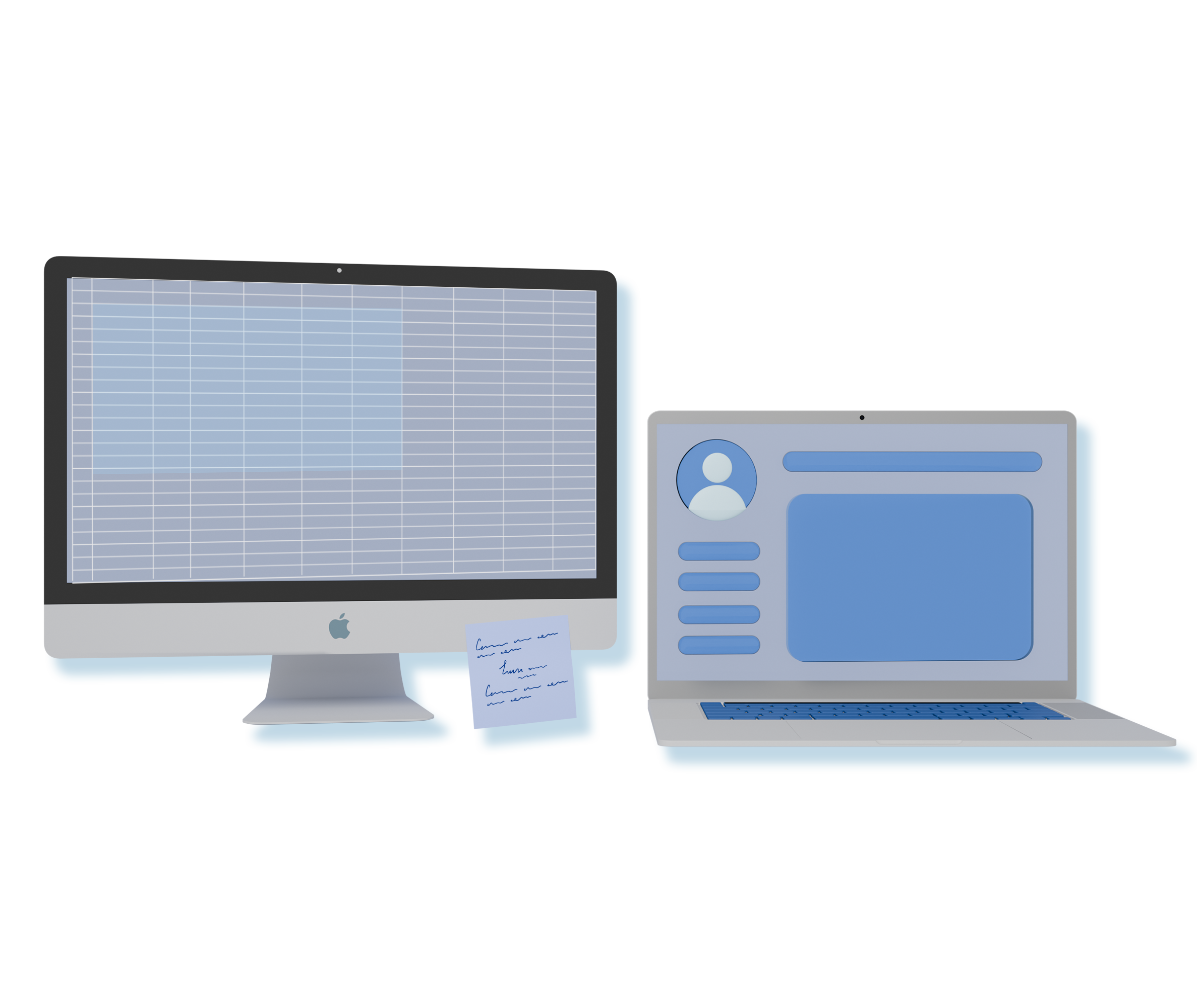What is manual link-building?
The term tells for itself: It refers to all the processes in link building, such as identifying relevant websites or finding contact information of link prospects, that are done manually.
Although we at SayNine are moving towards automating tedious and repetitive tasks, our link builders still prefer to do some of their tasks without using any automation.
We interviewed our team to get deep insights into which processes they do by hand and why.
Okay, not keeping you waiting any longer. Let’s get into this!
Manual Link-Building vs Automated Link-Building
Manual link-building and automatic link-building go hand in hand with their respective pros and cons. Both manual and automatic link-building processes are widely practised by our team.
Let’s start with manual link-building. Our team finds it effective because of its flexibility. Everything is under your full supervision.
You get to choose:
- who to contact
- which channel to use for further communication
- which tone and the style of messaging to use with each partner.
When asked about the situations when manual link building works best for them, the answer was fast and short: “in critical situations,” meaning when a quick backlink is needed.
Thanks to our partner database, we already know which contacts are responsive. This allows us to reach out directly and secure backlinks without delay. Doing it by hand also gives us the flexibility and personal touch that automation just can’t replicate.
In automatic link-building, on the contrary, special tools and bots are used to automate link-building tasks such as finding websites to get links from or sending out the outreach campaign for link exchange requests. Even the follow-ups are sent automatically.
We also use an internal bot, developed by our in-house data team, to automate various link-building processes, so that our team can focus more on establishing partnerships and enriching the partner database.
All the steps, sequences, and requirements are already programmed in the bot. From finding relevant domains to sending emails, everything is possible through the bot:
We have also developed a special internal platform to automatically keep track of domains, their metrics, backlink statuses (live or not), partners, their contact information, and the channels we use to communicate with them.
Here’s what it looks like.
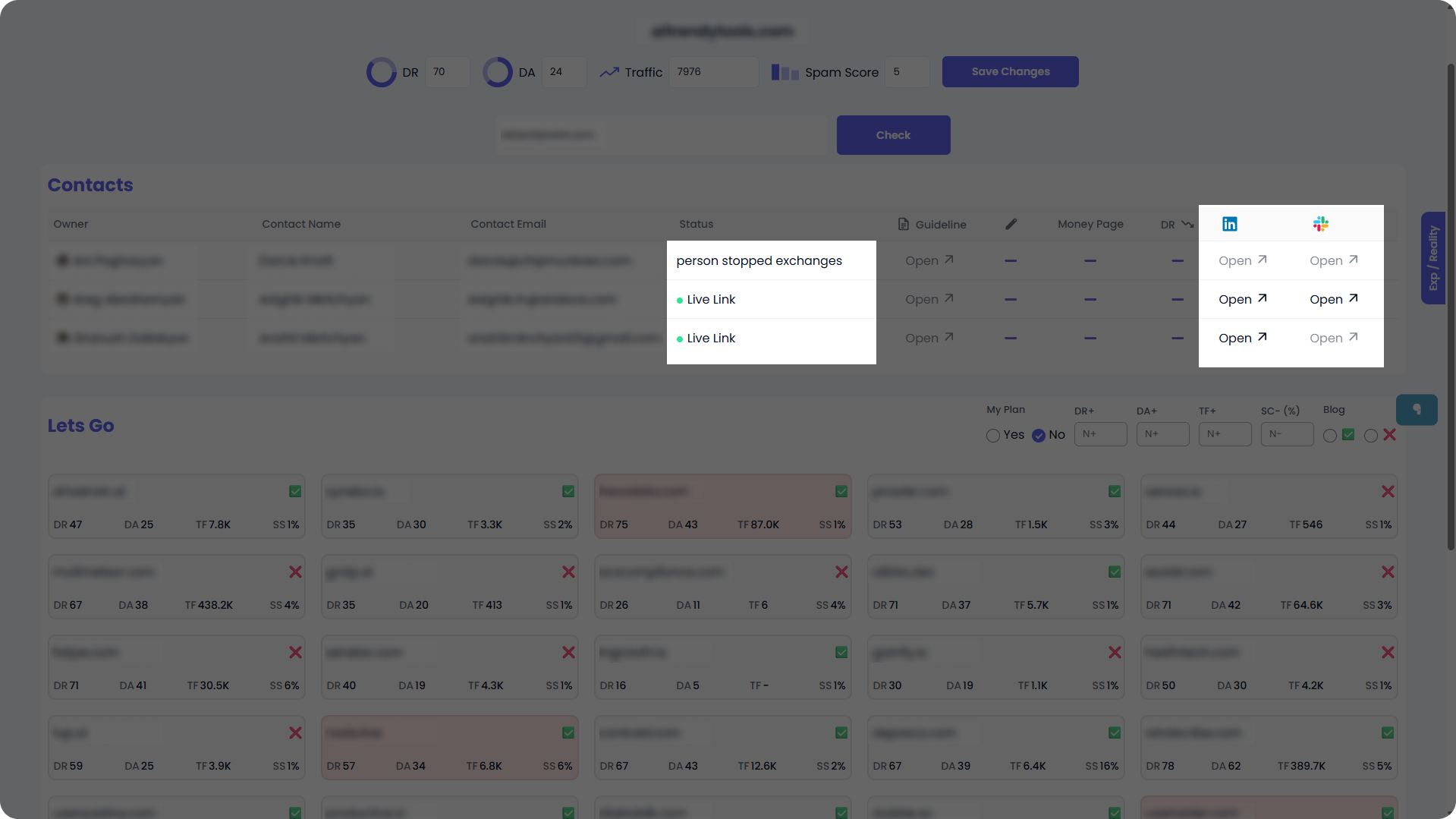
So, to sum up, choosing between automated vs manual link-building, one thing is clear: both are used interchangeably. While automation tools serve as assistants in managing tiresome tasks, manual link-building focuses more on establishing and nurturing long-lasting partnerships.
How We Do Manual Link-Building: A Step-By-Step Guide
You don’t need fancy software to get started. Manual link-building is mostly about knowing where to look and who to contact. That said, a few simple tools can make the process easier and more organized.
For a more structured approach to the whole process of manual link-building, our link builders suggested the following steps:
Step 1: Identification of Relevant Websites
Finding relevant websites is your very first step and the foundation of your further efforts. You need to first know where you can potentially get links from before you actually start your link building outreach.
When it comes to this step, our team mainly uses these tools for manual link-building to filter out websites: Ahrefs, Slack, and LinkedIn.
On LinkedIn, you can simply search for companies relevant to your specific industry and filter by”
- location
- industry
- company size
After that, you can just Google search their websites (or find it in the “About” section on LinkedIn) and the contact information of the people who work for that website, whom you can further reach out to.
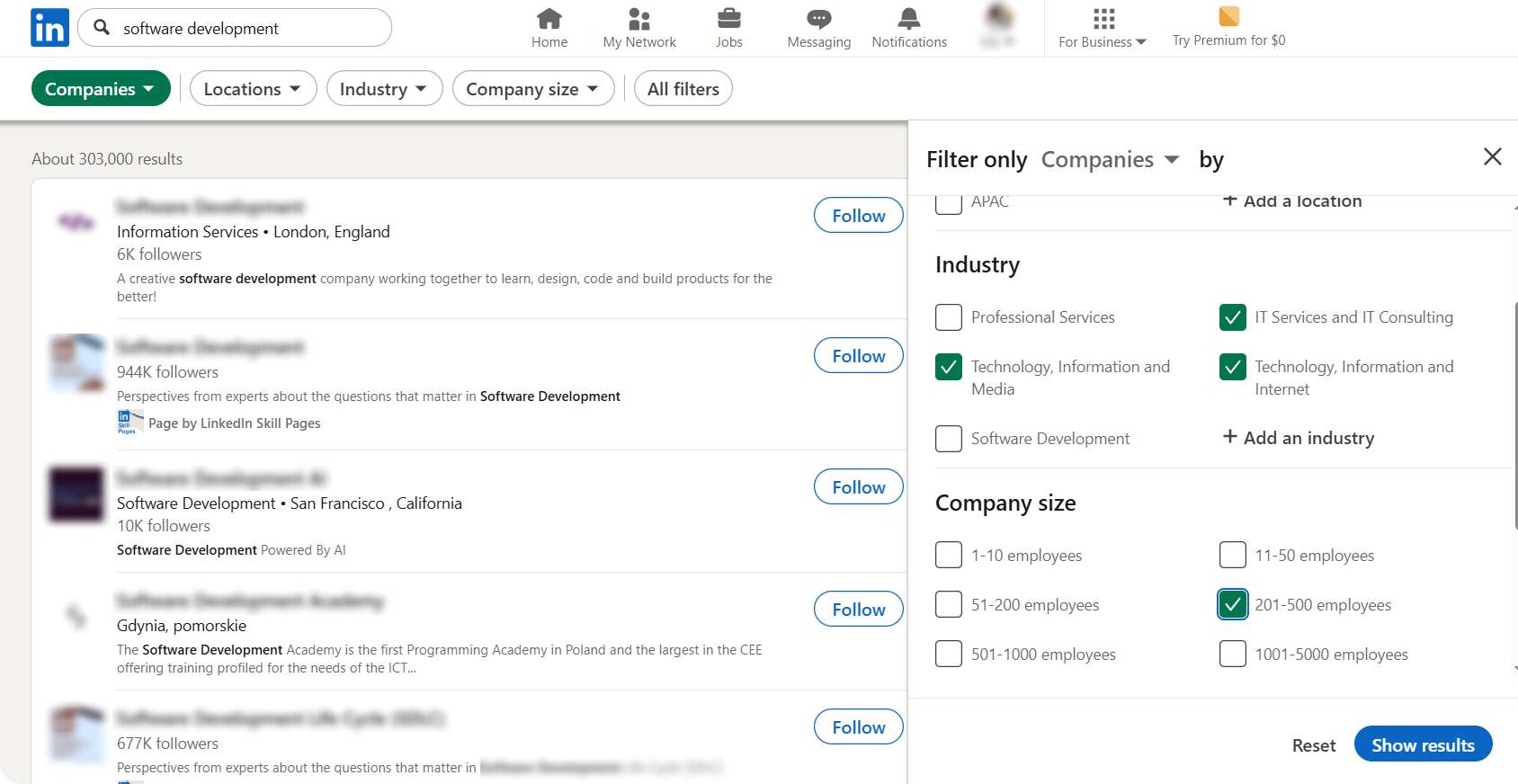
The same logic works for Ahrefs, where in the “Content explorer” section, you can type in your specific industries, filter necessary metrics (e.g., DR and traffic), and get the relevant results of websites suitable for linke
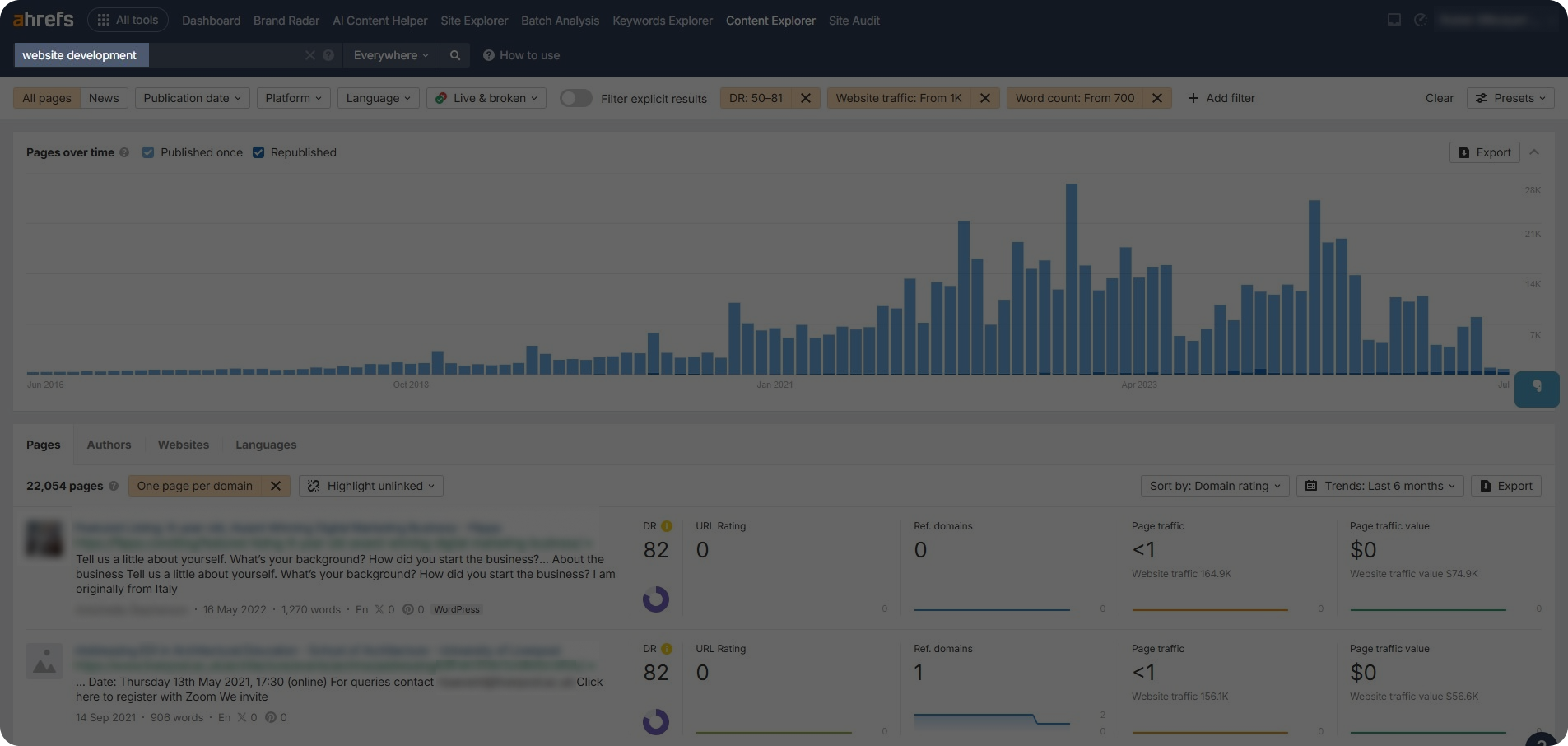
And on Slack, you can join special link-building communities, where different link builders across the globe post announcements offering their domains and link exchange opportunities.
How to find and join such channels? You might ask.
Well, if you are completely new to the field and need to establish partnerships from scratch, consider using Google to search for Slack link-building channels and sending joining requests.
As time passes and your partner database grows, you can constantly ask your partners to invite you to such channels.
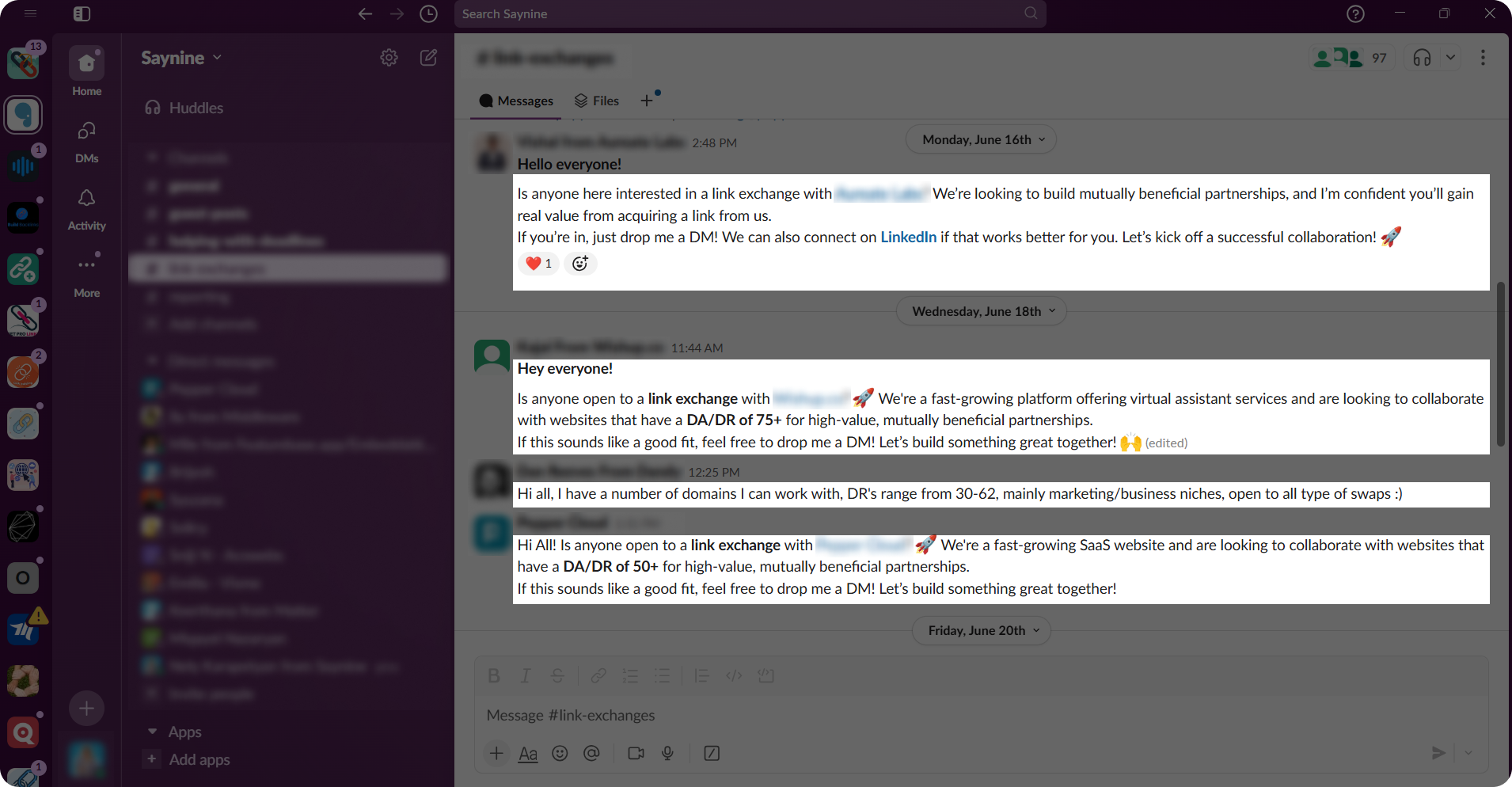
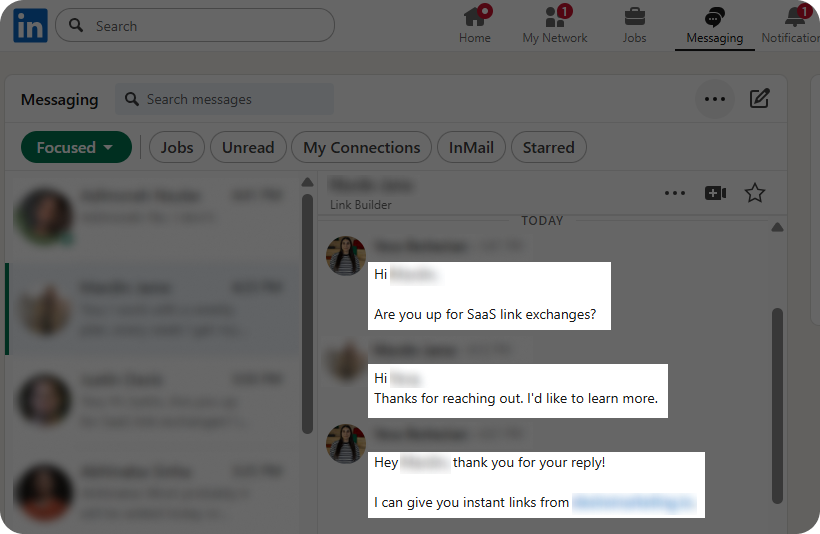
Step 2: Finding Link Prospects and Their Contact Information
Now that you have your relevant websites, it’s time to find people up for link exchanges.
On Slack, as we’ve already mentioned, people are already there with their offers and domains, so just reach out to those who seem trustworthy and, most importantly, real.
And on LinkedIn, along with the company search explained above, you can filter those who will be helpful for your outreach and link exchange through the “People” tab of your chosen company’s page.
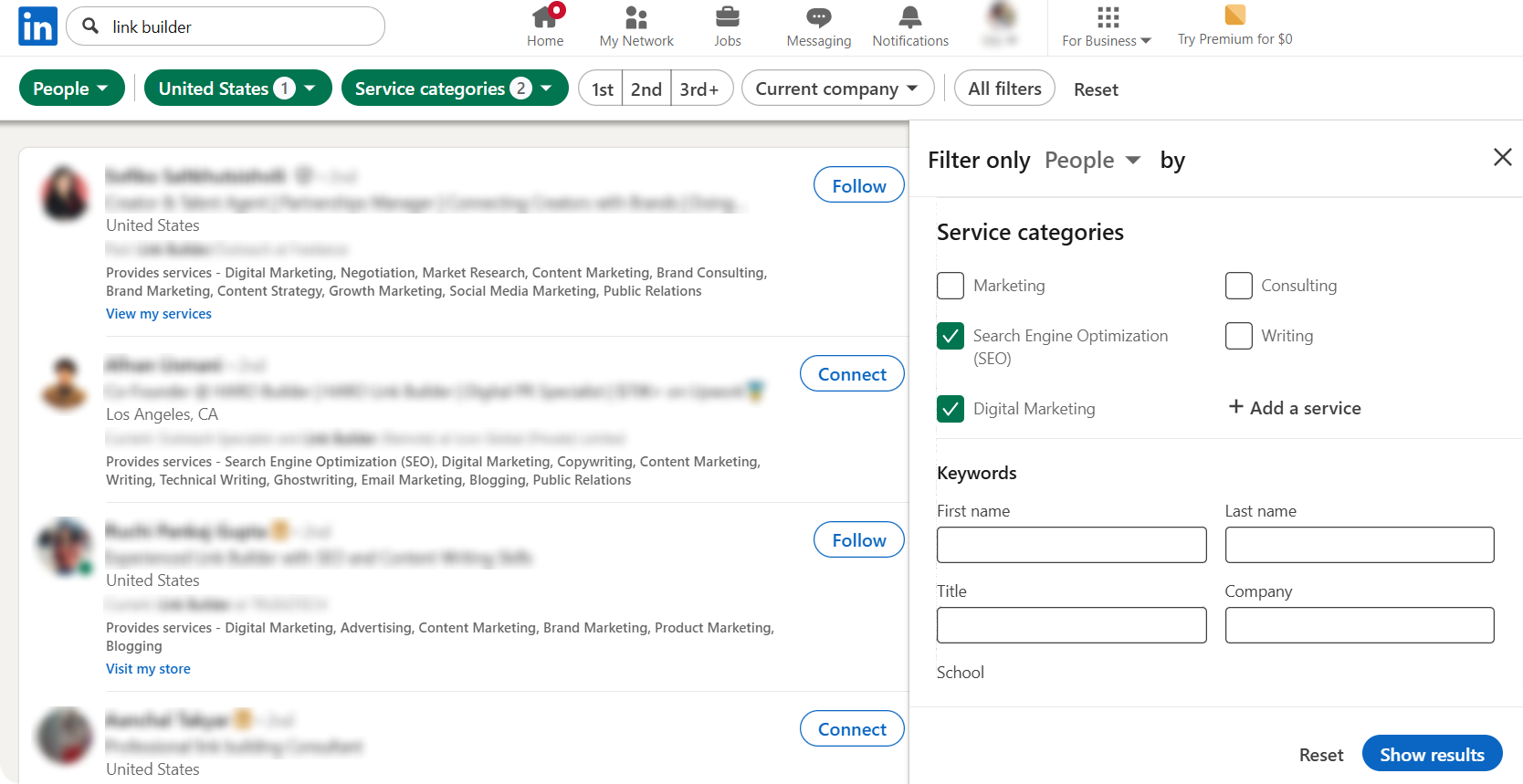
We recommend examining their profiles, learning what companies they work for, and connecting if relevant.
Their profiles will tell a lot about their experience in link building and SEO, so take the time to carefully review their recent posts, articles, or comments they shared. Are they active on LinkedIn? Are they searching for constant link-building opportunities?
Further reading:
How to Use LinkedIn for Link Building
Step 3: Reaching out
Now that you have the list of people you would like to work with, go ahead and send your messages!
Keep your messaging short. Plus, be short and consistent.
The most widely accepted messages we usually use to start a link exchange conversation are “Hey, are you up for a link exchange?” or “Hey, I am interested in link exchange, these are my domains”.
Below are some other examples of how our team reaches out to potential partners for link exchange on Slack and LinkedIn.
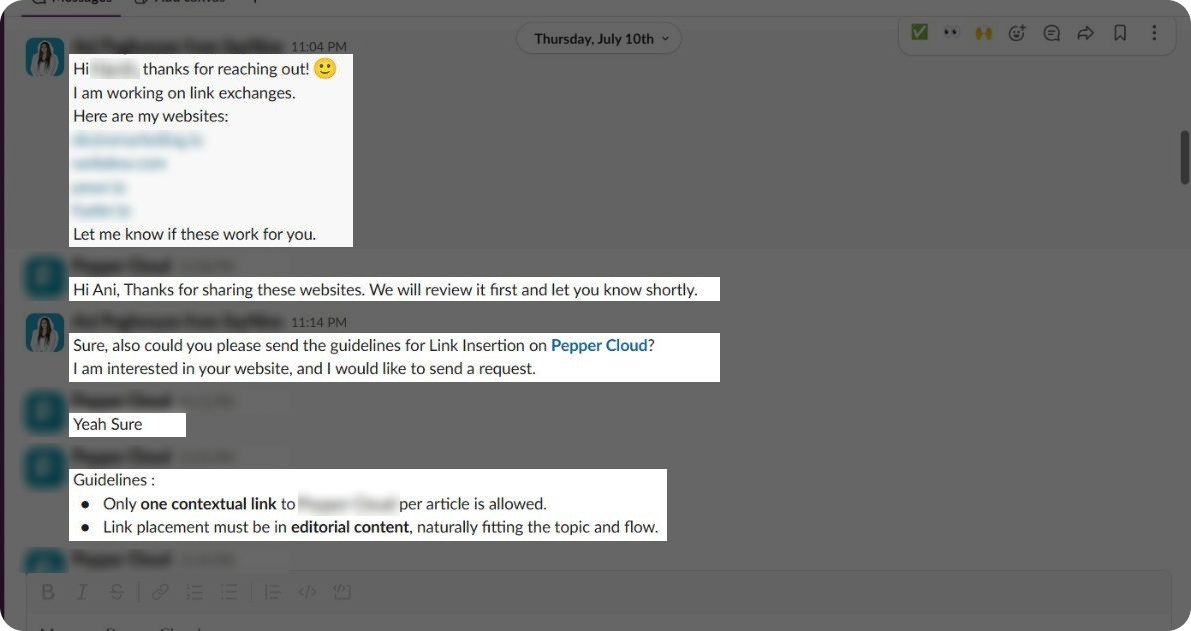
Pro tip: Use multiple platforms for communication (such as emails, LinkedIn, or Slack) to make sure that you can get in touch with your partners when they don’t respond in a specific channel, for example.
Extra Tips to Make Manual Link-Building Easier
Yes, manual link-building sounds time-consuming and requires lots of effort, and actually, it is.
If you do have time to carry out some research for relevant domains, check their metrics, and conduct outreach, then manual link-building is your ideal technique.
And to make these processes smoother, grab some additional tips from our link building specialists, who have been in this for years now!
- Patience. Have LOTS of patience and don’t give up. Manual link-building requires a lot of effort, personal interactions, messages, and, of course, waiting.
- Mind your soft skills. When doing manual outreach, you’ll be talking to different people. Picking the right tone and style for each conversation makes it more likely you’ll get a positive response.
- Add value to your partner. When our link-builders find relevant websites for a link swap, they usually offer something in return (generally a link placement for the partner’s target keywords) to secure the deal. This approach helps ensure a long-term collaboration, just like in the example below.

- Keep track of your outreach. For a more structured follow-up, or simply, not to be too annoying, consider keeping a partner database sheet where you have all your partners with their contact information and means of communication. If there is no response, our team recommends following up after 3-4 days.
- Use automated and manual processes interchangeably. Use automation for repetitive tasks, but lean on manual outreach when it comes to relationship-based link building. Writing personal messages, choosing the right tone, and connecting directly with partners help you create trust, which is something automation alone can’t do.
Final Thoughts
Yes, doing link-building manually can feel overwhelming sometimes. You put a lot of time, energy, and patience into reaching out to websites one by one and asking them to link to your website. But in the long run, you are enriching your partner database for future partnerships and quick link exchanges.
Follow our steps and tips in hand, and you’ll start seeing positive results in your manual link building journey!
And if you don’t have enough time to carry out these manual tasks yourself, or maybe your link-building workload is increasing, our link building services are there to help! We’ve automated the tedious parts so our team can focus on building non-shitty, relevant backlinks quickly.
FAQ about manual link-building
How to gain backlinks manually?
Find domains relevant to your website, connect with people who manage link building collaborations, and reach out to ask for a mutually beneficial link exchange.
Is link building still relevant to SEO 2025?
Yes, link building is relevant to SEO in 2025. Backlinks are one of Google’s ranking factors, meaning that sites with good backlinks are more likely to rank higher.
